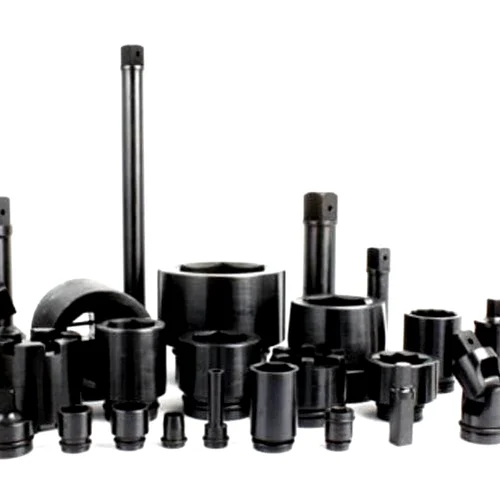Maximizing Your Retirement Potential: A Comprehensive Guide to 401(k)s

If you're looking to secure your future and save for retirement, a 401(k) is a smart choice. This employer-sponsored retirement plan offers tax benefits for investing, and many employers sweeten the deal by matching some or all of your contributions. In this article, we'll break down what a 401(k) is, how it works, some key benefits, and the rules you need to know for your retirement planning.
What is a 401(k)? A 401(k) is a type of retirement plan that allows you to invest part of your paycheck in a tax-advantaged account managed by your employer. Many companies encourage workers to save by offering an employer match. To participate in a 401(k), you'll need to work for an employer that sponsors one.
How does a 401(k) work? When you're enrolled in a 401(k), the money you contribute is automatically taken out of your paycheck. You can get a tax break either on your contributions or your withdrawals, depending on the type of 401(k) you choose. There are two main types of 401(k)s:
- Traditional 401(k): You contribute pre-tax money, which lowers your taxable income for the year. Your investments grow on a tax-deferred basis. When you withdraw your money later on, your distributions are taxed as ordinary income.
- Roth 401(k): You contribute money you've already paid taxes on, so you don't get a tax break in the year you contribute. As with a traditional 401(k), your money grows on a tax-deferred basis. But once you're retired, you get to make tax-free withdrawals.
How to enroll in a 401(k) When you enroll in a 401(k), you'll need to choose the type of account (most employers now offer both traditional and Roth accounts), the percentage of your salary to invest, and your investments. Many 401(k)s let you choose from several different mutual funds, which pool money from many investors and then invest in a basket of securities.
Employer matching One of the best perks of a 401(k) is that many employers match a portion of your contributions. Some employers match contributions dollar-for-dollar, while others offer a partial match or a combination of the two. For example, in one common match scenario, employers match the first 3% of employee contributions dollar for dollar, then offer a 50% match on the next 2%, bringing the maximum employer contribution to 4% of the worker's salary.
How much can you contribute to a 401(k)? The IRS sets annual contribution limits for 401(k)s and other tax-advantaged retirement accounts. These limits are adjusted annually for inflation. You can't contribute more than you earn in a given year to your 401(k). If you're 50 or older, you're allowed to make what are known as catch-up contributions, which are extra contributions afforded to workers getting closer to retirement. Beginning in
This comprehensive guide to 401(k)s, 'Maximizing Your Retirement Potential,' provides a game-changing roadmap for optimizing retirement savings through informed investments and strategic contributions. It is an indispensable toolkit that every aspiring retiree should possess.
The in-depth guide, 'Maximizing Your Retirement Potential: A Comprehensive Guide to 401(k)s', provides a crucial roadmap for individuals seeking secure financial futures through effective retirement savings strategies utilizing one of the most common investment vehicles - highly recommended.
This comprehensive guide to 401(k)s has proven invaluable for maximizing my retirement potential; it's a must-read resource that debunks common misconceptions and provides practical strategies.
This in-depth guide to 401(k)s, 'Maximizing Your Retirement Potential: A Comprehensive Guide,' effectively navigates the complexities of retirement savings plans with clarity and practical advice for maximizing longterm benefits.














